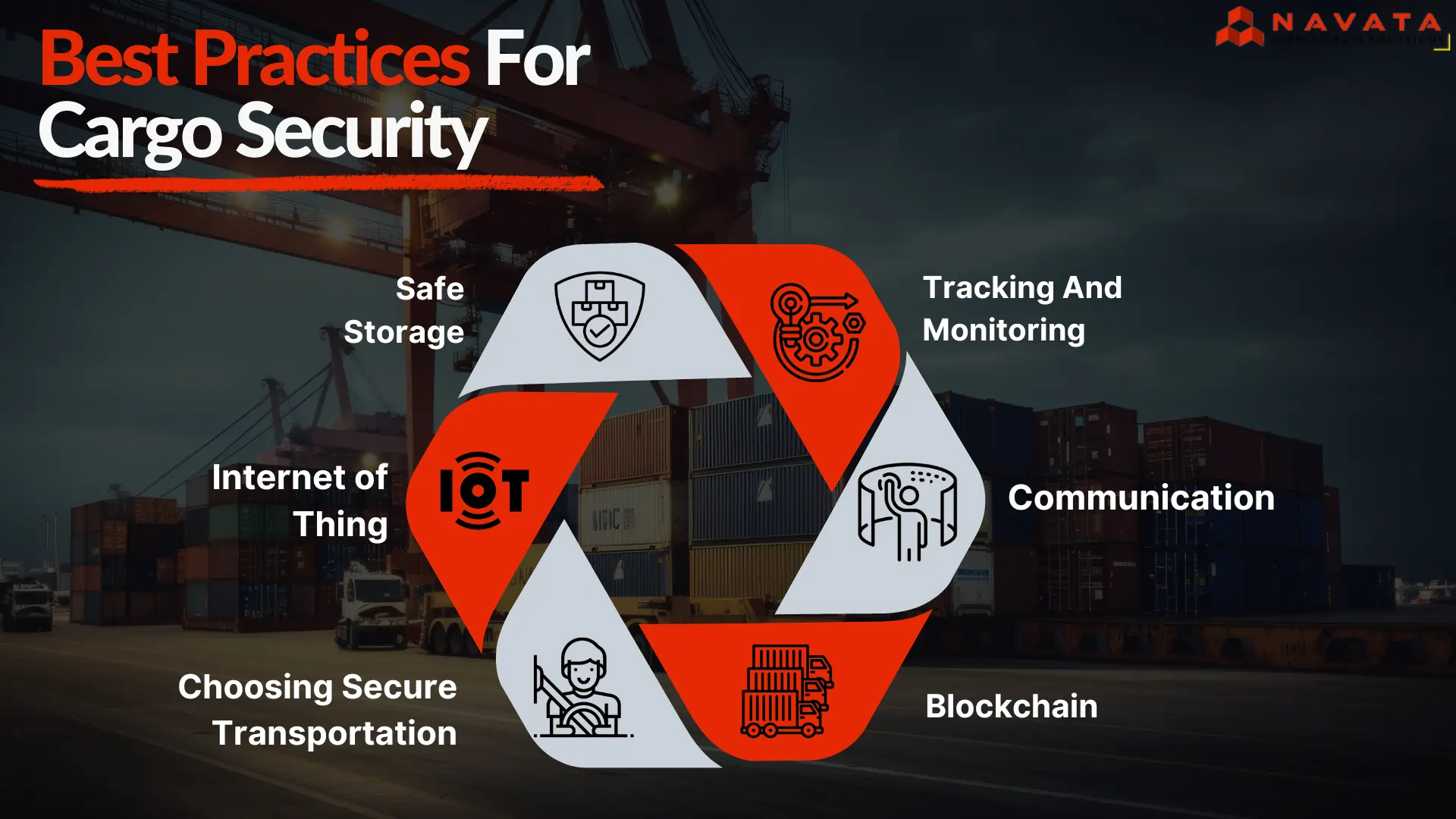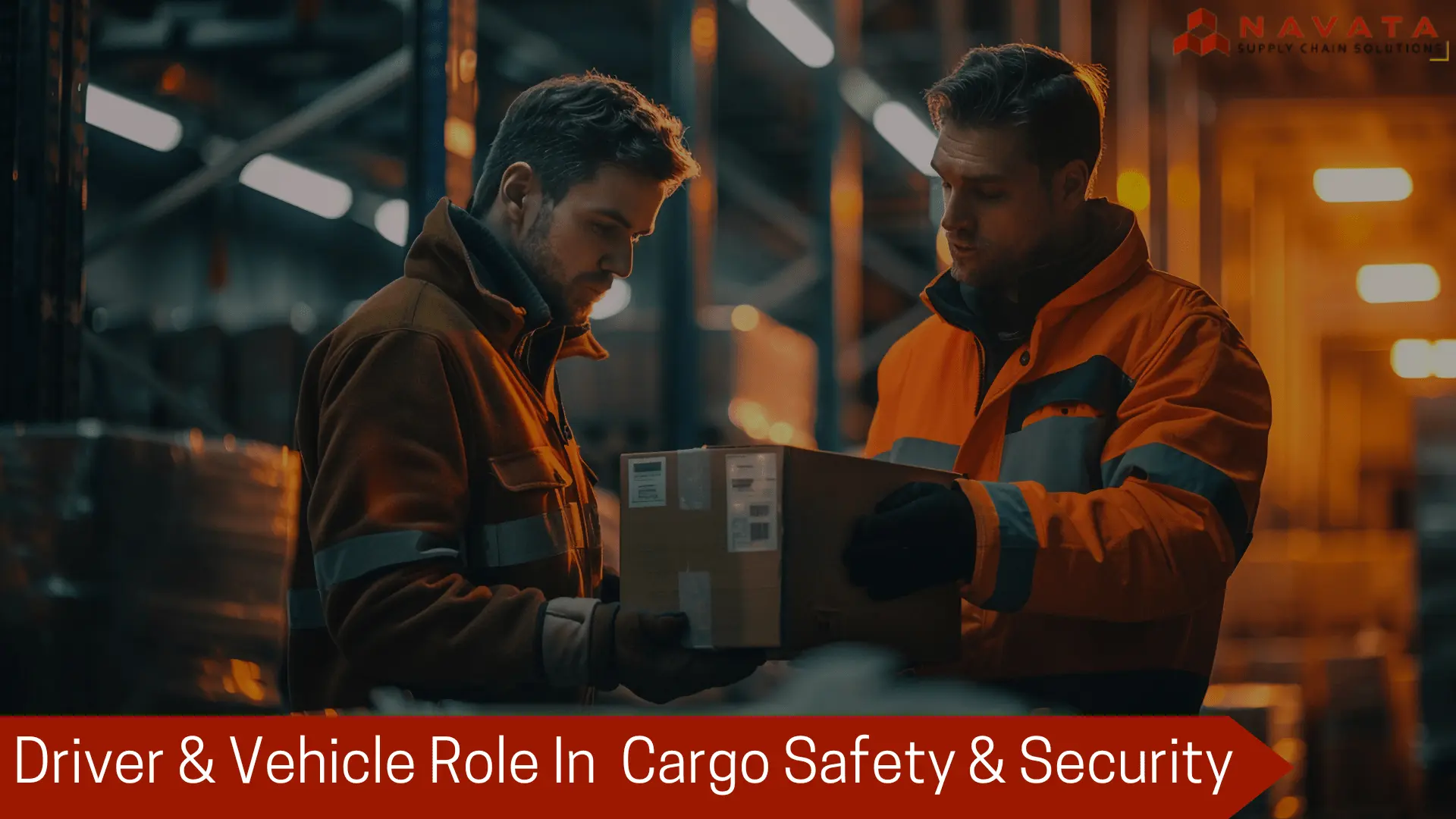What is Cargo Safety And Security
Cargo safety and cargo security are two important aspects of transporting goods, but they focus on different things:
Cargo Safety: This refers to ensuring that the goods being transported are not damaged or affected in any way that could harm them during transit. Cargo safety measures are put in place to prevent things like breakage, spoilage (for perishable items), or contamination. For example, using proper packaging, handling procedures, and transport conditions (like temperature control) all contribute to cargo safety.
Cargo Security: On the other hand, cargo security is about protecting the cargo from theft, tampering, or other malicious activities during transportation. Cargo security measures include things like using locks, seals, tracking devices, and security personnel to safeguard the goods from unauthorized access or interference.
Cargo safety focuses on keeping the goods intact and in good condition during transportation, while cargo security focuses on protecting the goods from theft, sabotage, or unauthorized handling. Both are crucial for ensuring that goods reach their destination safely and securely.

Best Practices For Cargo Safety
Packaging And Securing
You want to be sure that the things you package and secure are adequately safeguarded for their travels. If they are fragile, this entails carefully wrapping them and using materials to cushion them. In order to prevent them from moving during transportation, you will also need to utilize bracing, blocks, and straps. Essentially, you want to ensure that everything is secure and safe to prevent damage.
Weight Distribution
To keep the cargo space stable, distribute weight equally throughout. A car is more likely to topple over or lose control if it is overloaded on one side or end, particularly when making sharp curves or abrupt movements.
Planning And Optimizing Routes
One of the most important aspects of safety is route planning. Accident and delay risk can be reduced by steering clear of high-risk regions, keeping an eye on traffic conditions, and planning your route optimally. In this context, cutting-edge technologies like GPS and route optimization software can be quite helpful.
Following Rules & Regulations
Become knowledgeable about the regional, governmental, and global rules pertaining to the movement of cargo. Adherence to these regulations serves to guarantee the security of the cargo and all those engaged in the transportation procedure.
Safety Gear
Installing the newest safety systems in vehicles can have a big impact. Drivers can prevent accidents and ensure everyone’s safety by utilizing features like blind-spot monitoring, backup cameras, and collision avoidance systems.
Plans for Emergency Response
Even with the best of intentions, mishaps can occur. A clear emergency response strategy can be the difference between a small setback and a big catastrophe. Make sure everyone in the company is aware of the plan, and practice drills on a regular basis.

Best Practices For Cargo Security
Safe Storage
It is important to store your goods in safe containers. To ensure everyone’s safety, these containers need to have strong locks and alarms. This deters potential thieves from taking your belongings or tampering with them during storage or transportation. It also ensures that only authorized individuals have access to your belongings and keeps unauthorized individuals out.
Tracking And Monitoring
To ensure that the cargo is closely monitored during its journey, put in place a reliable tracking and monitoring system. Real-time monitoring systems, GPS tracking devices, and routine check-ins with transportation providers are a few examples of this.
Communication
Consider yourself responsible for ensuring efficient transportation of commodities or shipments from one location to another. The key to doing this successfully is to maintain communication with all parties—shippers, carriers, and receivers, who are the persons who send and receive the cargo, respectively. You can promptly handle any problems that arise by keeping those lines of communication open, particularly when it comes to security. To keep everything safe and on schedule, this entails exchanging information and cooperating to find quick solutions to issues.
Internet of Thing
IoT which includes anything from your phone to car sensors. Conversely, telematics concentrates on obtaining and disseminating information about these gadgets, particularly in the field of transportation. This allows logistics managers to make better judgments on the go. If a truck veers off track or has mechanical problems, they will notice right away and can take action. Furthermore, monitoring driver behavior helps guarantee that safety rules are followed, lowering accidents and increasing overall efficiency.
Choosing Secure Transportation
Choose reputable transportation services known for their continuous security precautions and dependability. Ensure that all drivers and handlers have a comprehensive background check and get proper cargo security training. Businesses that prioritize these steps can reduce risks and protect their goods during shipment.
Blockchain
Blockchain operates as a decentralized ledger system, which means that data is stored across a network of computers rather than in a single spot. This decentralized nature, combined with its tamper-proof construction, renders it extremely resistant to fraud and manipulation. Blockchain technology has various advantages in the logistics industry. It can improve transparency by keeping a transparent and immutable record of all transactions and events in the supply chain. This transparency enables stakeholders to follow the transit of commodities from origin to destination, ensuring accountability at all stages.

Driver Role In Cargo Safety & Security
Successful cargo securing in road shipments is mostly dependent on having effective communication with the driver. Establishing a conversation that guarantees the integrity and safety of the shipment from the warehouse to its destination is just as important as providing instructions.
Providing Cargo Details
Making sure the driver is fully aware of the goods is an essential initial step in the shipping procedure. From the nature of the goods to any particular handling requirements.
Committing To The Cargo
The driver must be aware of any special handling instructions or safety measures that may apply to a particular load. For instance, high-value products can need more security, while perishables might need to be kept at a certain temperature.
Particular Handling Demands
The driver must be aware of any special handling instructions or safety measures that may apply to a particular load. For instance, high-value products can need more security, while perishables might need to be kept at a certain temperature. Giving the driver this information can help avoid accidents and guarantee that the cargo is handled properly.
Join With Us & Experience Top-tier Cargo Safety & Security Protocols!
Vehicle Role In Cargo Safety & Security
It is essential to make sure the vehicle being used is safe and suitable for the task at hand before starting any journey. This entails carefully examining the vehicle’s load capacity and compatibility for the kind of cargo being transported. In order to avoid any catastrophes during transit, the vehicle’s structures for securing the cargo should also be sufficient.
Suitability Checks For Vehicles
Making sure the vehicle is appropriate for the job at hand is a crucial part of the cargo-securing procedure. This entails carefully assessing the vehicle’s attributes and capacities in relation to the kind of cargo being transported as well as the load capacity of the vehicle.
Fit Vehicle For Cargo Kind
Cargo safety is significantly influenced by the kind of vehicle utilized for transportation. It is critical that the vehicle and the kind of goods being transported are compatible. Like huge, heavy commodities may require flatbed trucks, whereas perishable goods may require refrigerated vehicles. Additionally, the truck needs to include cargo netting, straps, and tie-down places to properly secure the load.
Checking Load Capacity
The load capacity of a vehicle is another important factor inappropriateness. Several safety concerns, such as poor vehicle handling, longer stopping distances, and the possibility of goods shifting or falling while in transportation, might result from overloading an automobile. It is essential to confirm the vehicle’s maximum load capacity before adding goods. Usually, the owner’s manual for the car or a plate or sticker on the car itself contain this information.
You Might Also Like To Read: The Troublesome Case of Reverse Logistics
Conclusion
Cargo safety and security are critical components of the transportation process, addressing different but equally vital aspects of ensuring products arrive safely and securely. Cargo safety focuses on protecting commodities from damage during transit by implementing measures such as correct packaging, weight distribution, route planning, adherence to rules, safety equipment installation, emergency response plans, and effective inventory management. Cargo security, on the other hand, is concerned with preventing products from being stolen, tampered with, or handled without authorization. This includes using secure storage containers, installing tracking and monitoring systems, keeping stakeholders informed, using IoT and telematics technologies, choosing reliable transportation services, and adopting novel solutions like as blockchain technology.
The driver plays an important role in cargo safety and security by successfully communicating, knowing cargo details and handling needs, and guaranteeing the vehicle’s suitability and safety for transportation. Businesses that prioritize cargo safety and security measures can reduce risks, ensure shipment integrity, and promote confidence among logistics stakeholders.
Thanks For Reading: Best Practices For Cargo Safety & Security
Powered By 360Presence
FAQ
What is cargo safety?
Cargo safety guarantees that items are safeguarded from damage during travel. This is achieved by employing correct packing and handling techniques. Transportation conditions such as temperature control are crucial to prevent breakage spoiling, or contamination.
What is cargo security?
Cargo security protects goods from theft, tampering, or other malicious activities during transportation, employing measures such as locks, seals, tracking devices, and security personnel to prevent unauthorized access or interference.
Why is proper packaging important for cargo safety?
Proper packaging crucial for cargo safety. It protects fragile items from damage. Prevents movement during transit. Uses cushioning materials bracing and straps to keep goods secure intact.
What safety gear is essential for vehicles transporting cargo?
Essential safety gear includes like blind-spot monitoring, backup cameras, and collision avoidance systems, which help prevent accidents and ensure the safety of both drivers and cargo during transit.
What is the role of tracking and monitoring in cargo security?
Tracking and monitoring systems, such as GPS devices and real-time monitoring, allow for close supervision of cargo during transit, ensuring its security and enabling quick responses to any issues.

